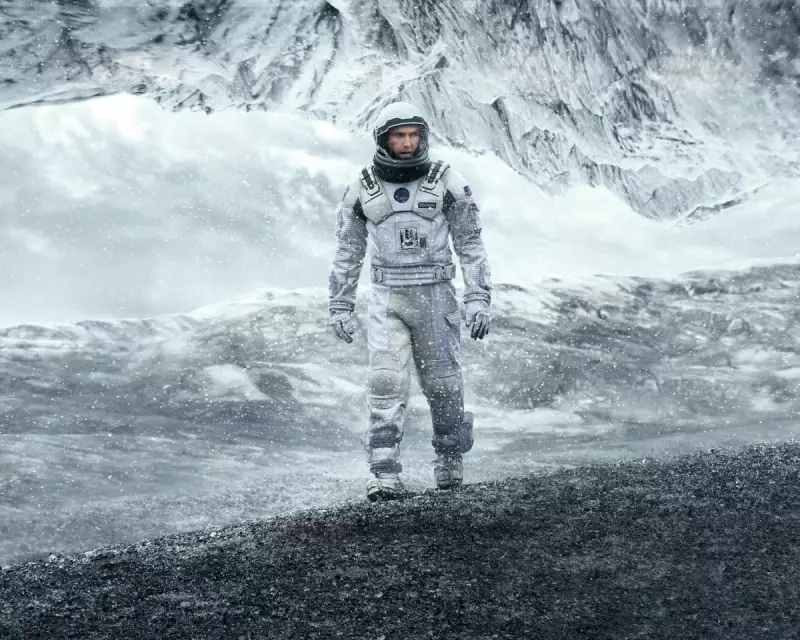
A decade after its cosmic journey first captivated audiences, Christopher Nolan's Interstellar has completed an extraordinary transformation from critically divisive epic to beloved cultural phenomenon. The 2014 space odyssey, starring Matthew McConaughey as an astronaut navigating wormholes and dying planets, has found immortality not just in cinema history but in the digital realm of memes and social media.
The Great Divide: Critical Reception Then and Now
When Interstellar first launched into cinemas, it sparked heated debates among critics and audiences alike. While praised for its stunning visual spectacle and ambitious scientific concepts, the film faced criticism for its emotional weight and complex narrative structure. Some hailed it as Nolan's masterpiece, while others found its three-hour runtime and philosophical themes challenging.
"The initial reaction was incredibly polarising," notes film historian Dr Eleanor Vance. "Audiences were either completely transported by its cosmic scale and emotional depth, or frustrated by what they saw as narrative indulgence."
Meme-worthy Moments: How Interstellar Conquered the Internet
The film's second life began organically as key scenes started circulating online. Memes featuring McConaughey's emotional reaction to viewing decades of missed messages from his children, or Michael Caine repeatedly quoting Dylan Thomas's "Do not go gentle into that good night," became internet staples.
- The Tesseract Scene: Visual representations of fifth-dimensional space became metaphors for overwhelming complexity
- "Murph!" Moments: McConaughey's desperate cries for his daughter turned into relatable expressions of parental concern
- Time Dilation: The film's handling of relativistic time became shorthand for waiting situations feeling endless
Why Interstellar's Legacy Endures
What makes this cinematic journey particularly remarkable is how its themes have resonated with new generations of viewers. The film's exploration of environmental collapse, human resilience, and the bonds of family have taken on new significance in recent years.
Nolan's commitment to practical effects and scientific accuracy, consulting with physicist Kip Thorne throughout production, has aged remarkably well. The black hole visualization, initially created for the film, later contributed to actual scientific research.
As streaming platforms introduced the film to younger audiences and pandemic viewing created new appreciation for its themes of isolation and connection, Interstellar's status has shifted from divisive to definitive. The film now regularly trends on social media, with fans sharing their emotional reactions and scientific insights.
This cultural renaissance demonstrates how a film's journey doesn't end when it leaves cinemas. Through memes, streaming, and changing cultural contexts, Interstellar has achieved what few films manage – it has grown in stature and significance with time, much like the relativistic effects it so beautifully depicted.





